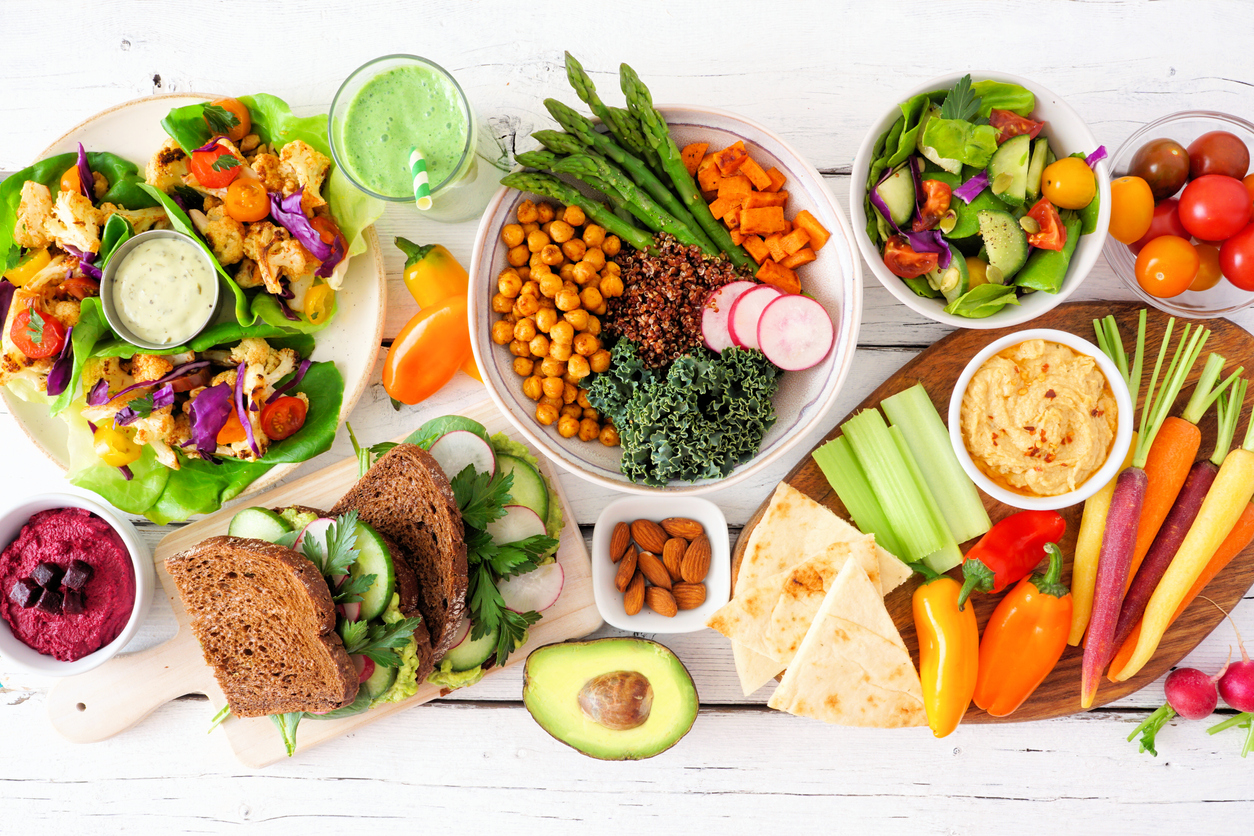Nutrition and Diabetes
November is National Diabetes Month. Since this year’s theme is Small Steps, Big Difference: Preventing diabetes is within your reach, we wanted to go into detail about one of the biggest ways you can prevent diabetes and even manage existing diabetes symptoms: nutrition. Regular, balanced nutrition helps avoid high or low blood sugar levels and helps you maintain a healthy weight, both of which are essential for diabetes prevention and management.
Meal Planning Tips
A meal plan serves as a guide for when, what, and how much to eat to get the nutrition your body needs to stay healthy. A complete meal plan should consider your goals, tastes, and lifestyle, as well as any medicines you’re taking. Listed below are tips from the CDC and the American Diabetes Association.
Use the Plate Method: This is the easiest way to create healthy, balanced meals without any counting, calculating, weighing, or measuring. All you need is a regular sized plate, typically 9 inches. Fill half the plate with non-starchy vegetables such as leafy greens, carrots, mushrooms, peppers, broccoli, etc. It doesn’t have to be just one vegetable, either. Mix it up! Then, fill one quarter of your plate with lean protein such as chicken, turkey, salmon, and lean cuts of pork or beef. The last quarter of your plate is for healthy carbohydrates like brown rice, quinoa, potatoes, beans, legumes, etc.
Skip Sugary Drinks: Processed drinks contain high amounts of unnecessary sugar. To stay on track, avoid sodas or juices with added sugar. Instead, choose water, unsweetened tea or coffee, sparkling water, or flavored water or sparkling water without added sugar.
Combination Meals: Not all meals fit perfectly portioned out on our plates and sometimes we go out to eat where the plate method can be difficult to plan out. Keep the portions of the plate method in mind when making combination meals or ordering out. You want your meal to be mostly made up of non-starchy vegetables and then have a lean protein and a smaller portion of starches or carbohydrates. For example, with a pizza choose thin crust or cauliflower crust and then load up on vegetables and choose chicken as your protein.
Smart Cooking: When cooking at home, cook with “good” unsaturated fats such as extra virgin olive oil, avocados, nuts and seeds. You can also create delicious meals without adding a lot of salt. Focus on incorporating more herbs and spices for a flavorful, healthy meal. Last but not least, the cooking method you choose plays a large role in the nutritional value of your meal. Avoid frying as much as possible and focus on sautéing, baking, broiling, and roasting your vegetables and lean meats. Pro tip: drain the fat off of cooked, ground meat for a leaner meal!








